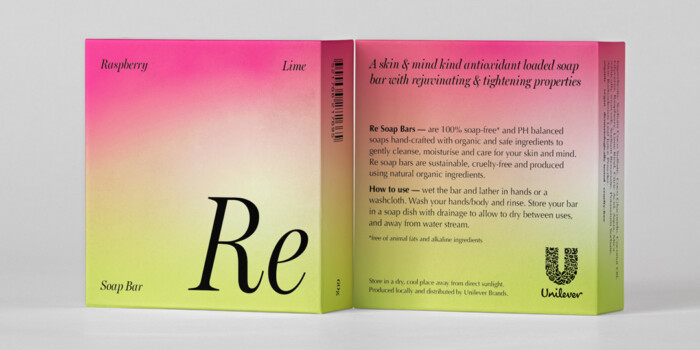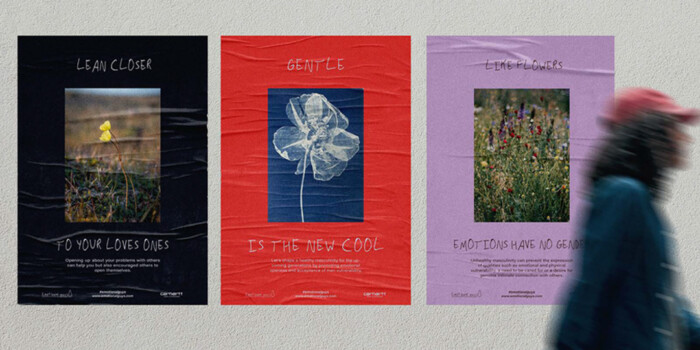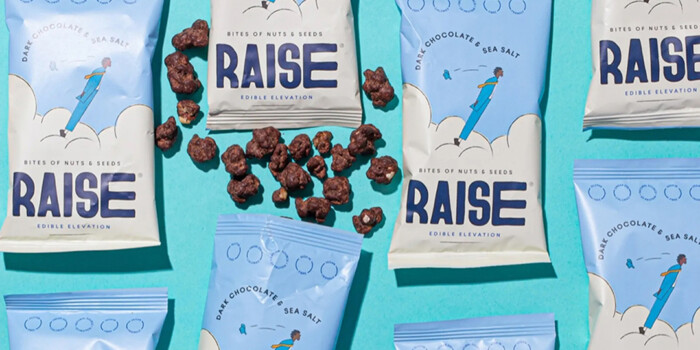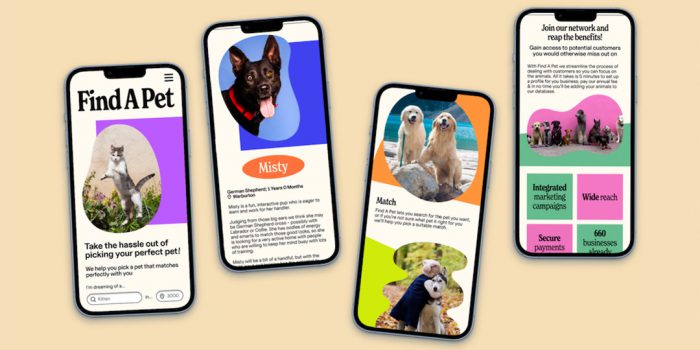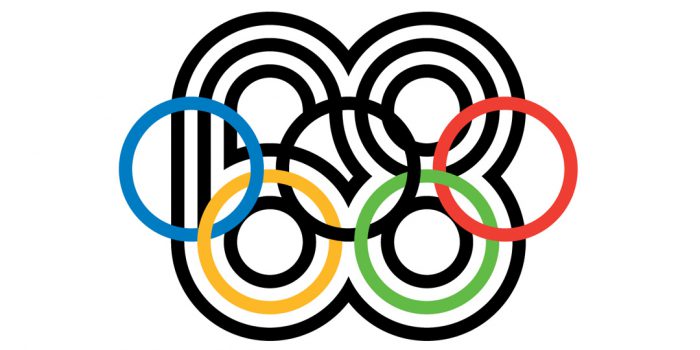10 Books All Designers Should Have on Their Shelf
Welcome our newest graduate guest author! Eleanor Robertson graduated from Shillington London in December 2017 and is now a designer at multi-award winning creative agency Paul Belford Ltd. She is passionate about brand identity and typography, as well as food and drink.
Books are probably our most valuable resource. They are sources of both motivation and inspiration—whether you’re preparing to study design, are knee deep in the middle of a course, or working in the industry. I’ve picked my ten favourite books from my reading list that I think are essential in any designer’s library.
1. Oh Sh*t…What Now?—Craig Oldham
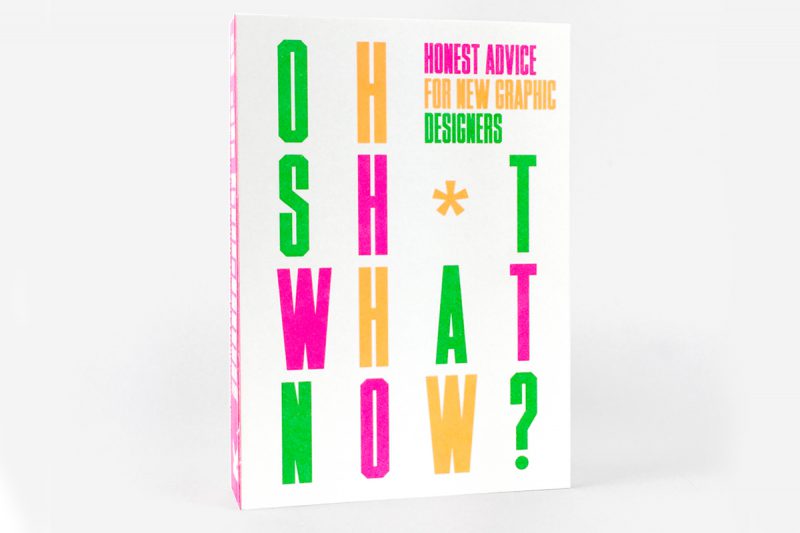
Obviously it’s a good idea to follow Anthony Burrill’s advice to ‘work hard and be nice to people’… But Craig Oldham is refreshingly right when he says that design graduates need meaningful information more than platitudes.
This bullsh*t-free bible for new designers is packed with honest advice and tips for navigating The Industry™. Neatly addressing those questions that keep you up at night, each of the ten conversational chapters helps paint a clearer picture of the challenges and rewards of being a designer, as well as the pitfalls.
What makes a great graphic designer? How do you land your first job? What if you f*ck it up? Illustrated with Oldham’s own experiences, Oh Sh*t… What Now? is as funny and irreverent as is it insightful and encouraging.
The book is printed on beermat board, because all great ideas start in the pub. Oh and it’s fluoro, because you can’t really go wrong with that.
2. Typography: A Manual of Design—Emil Ruder

‘Think you know about typography?! Well think again!’ the creative director shouted at me, slamming a well-thumbed copy of Typography down on the Vitsœ coffee table between us.
The interview could definitely have gone better. I backed my way out of the studio, shaking and disorientated, but the next morning I went straight to Amazon to learn more.
It turns out that there’s typography… and then there’s micro-typography, which considers everything that can happen within a column of text to make it look good, or bad. For better or for worse, once your eyes are opened to these tiny details, you can’t unsee them.
Typography can be a dry read—rigorous, laboured, academic and, my god, it’s thorough. But this comprehensive masterpiece is the legacy of Emil Ruder, one of the originators of Swiss Style, and today—more than forty years after it was first published—it’s still the manifesto for sophisticated typesetting.
With three languages and dozens of beautiful illustrations packed into one edition, I think it’s pretty good value for money. But if you fancy something cheaper and 90% shorter, perhaps start with Jost Hochuli’s Detail in Typography instead.
3. Reader’s Digest Reverse Dictionary
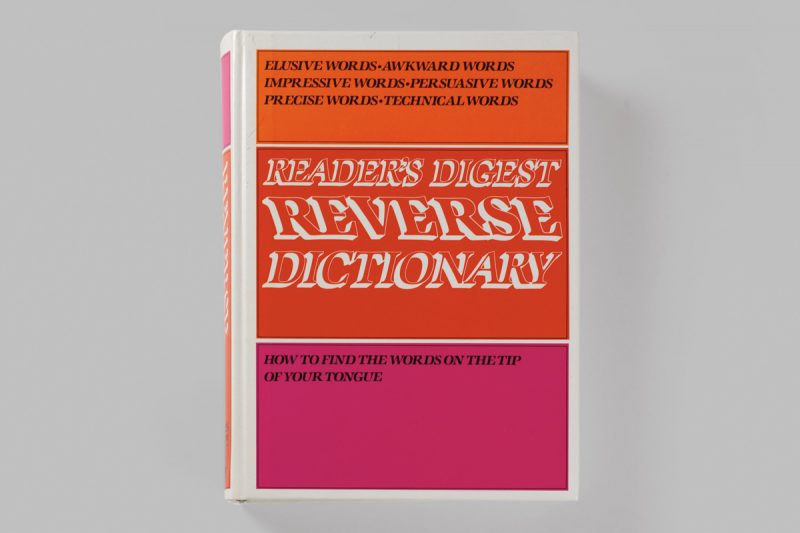
The Reader’s Digest back catalogue has a special place on my grandmother’s bottom shelf and I never thought I’d vouch for the magazine’s masthead. But this is the book you need to boost your vocabulary and develop your design thinking by elevating word association to the next level.
Elusive words, awkward words, impressive words, persuasive words, precise words, technical words… basically all the words. Imagine a cross between a dictionary and a thesaurus, with the charts, pictures and diagrams from your favourite encyclopaedia thrown in.
With over 70,000 A–Z entries, I’ve found it especially helpful for brainstorming new brand names. ‘Howdah’ anyone?
4. Read This If You Want to Take Great Photographs—Henry Carroll
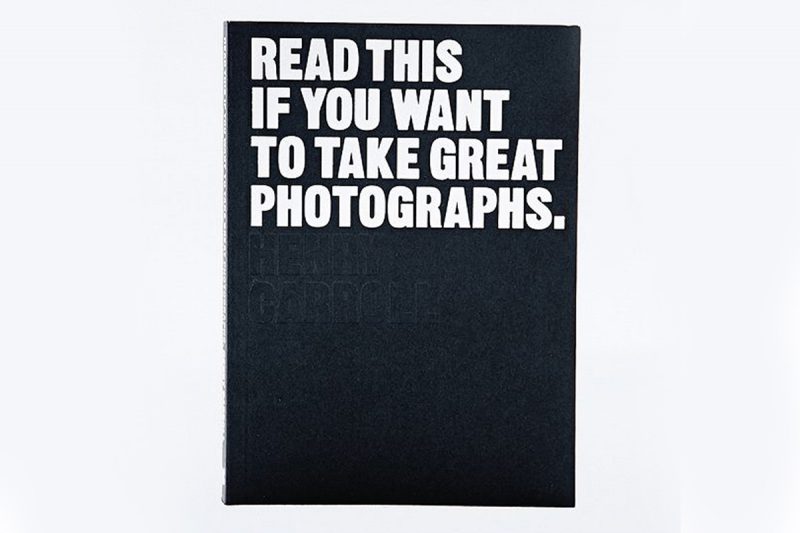
As a designer it’s super helpful to be able to do lots of things, including pick up a camera and give the impression that you know what you’re doing. But with so many buttons and dials, it can be difficult to know where to start.
The best thing about this practical little handbook is that it’s light on the technical jargon and heavy on the inspirational images, making it easy to get stuck in. Each iconic photo—from masters including Henri Cartier-Bresson, Sebastião Salgado, Fay Godwin, Nadav Kander, Daido Moriyama and Martin Parr—serves to illustrate a different point, encouraging you to try out new ideas.
128 pages later, you might even pass for a pro.
5. The Grammar of Ornament—Owen Jones
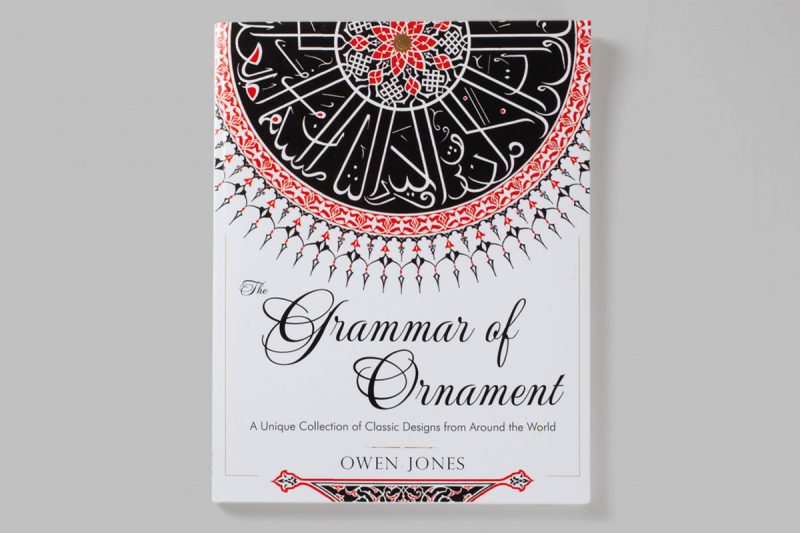
First published way back in 1856, The Grammar of Ornament is a treasure trove of illustrated plates from nineteen different cultures, including Oceania, Rome, Byzantium, Ancient Greece, Renaissance Italy, Rome and Moorish Spain. It’s basically the Adobe Stock of patterns… Plus, did I mention they are copyright-free?
This Victorian sourcebook is also a great resource for anyone interested in the history of design, a brilliant ethnographic study, and quite possibly the only good thing to come out of centuries of British colonialism. Beyond the motifs, the quirky colourways are decidedly of another era and worth examination.
6. Just My Type—Simon Garfield
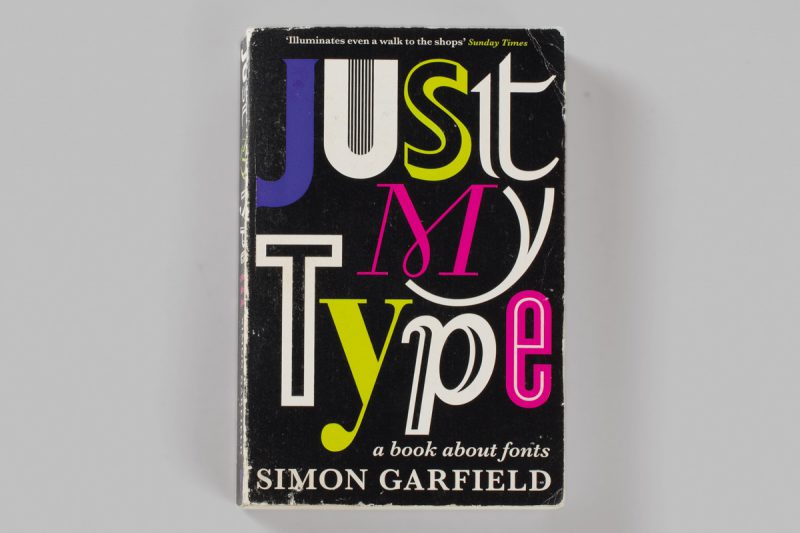
There’s a reason my copy of Just My Type is so dog-eared. Despite the lack of pictures, I can’t stop going back to it. It’s light-hearted, accessible and, you could say… a font of knowledge (if you’re into dad jokes you’ll enjoy Garfield’s turn of phrase).
This fact-filled font fest is far from a textbook; rather a book of stories, emphasising the personality of type with lively anecdotes—about why Barack Obama opted for Gotham, while Amy Winehouse found her soul in 30s art deco.
If the publishers reissue it with some colour plates, that’ll be Christmas sorted this year. I’m convinced it’s an equally enjoyable read for graphics geeks and amateurs alike.
7. Logo Modernism—Jens Muller
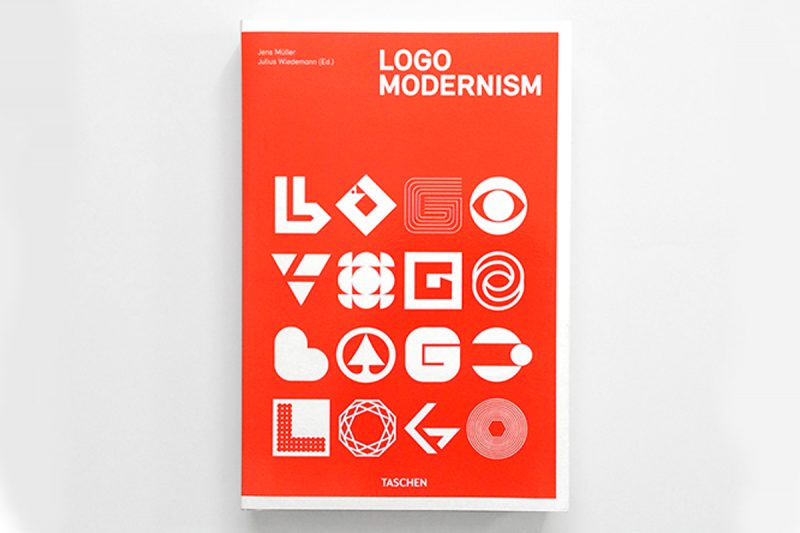
Hello logo porn! Bringing together over 6000 trademarks from 1940–1980 to show how modernist attitudes gave birth to corporate identity, this is the book I open most regularly to remind myself of form language.
The minimalism is astonishing: each razor-sharp symbol is distilled and pure, yet uniquely identifiable. Then there are the fab instructive case studies. My favourite is the analysis of Motoo Nakanishi’s 1973 identity for Daiei Inc, Japan’s biggest supermarket chain.
All the Amazon reviews want to know why it’s so cheap. Perhaps it’s because the A3 tome weighs a ton, and won’t fit on your bookshelf. For a book that’s such a big source of inspiration, its physical size seems appropriate.
8. A Smile in the Mind—Beryl McAlhone, David Stuart, Greg Quinton and Nick Asbury
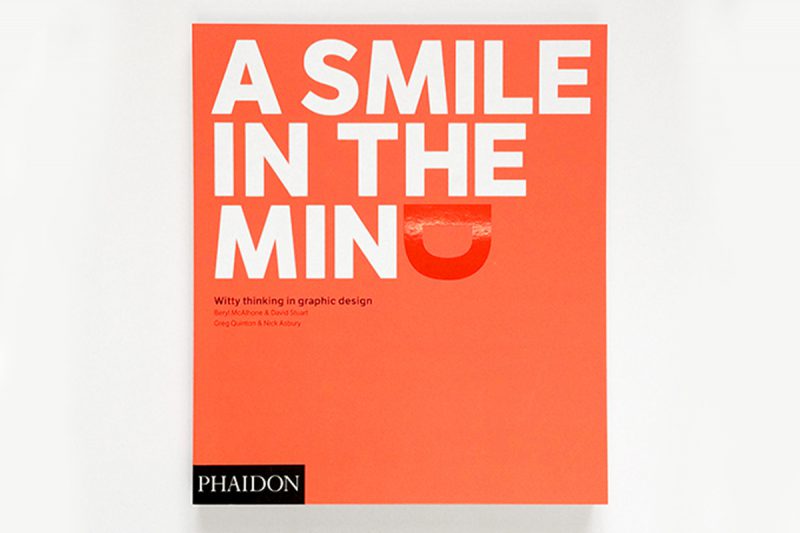
Two main elements – the ‘familiar’ and the ‘play’ – are responsible for the two main emotions experienced by someone ‘getting’ a witty idea: recognition and surprise. These two characteristics of wit provide a kind of matrix of success.
For a book about witty thinking, A Smile in the Mind has some pretty humourless passages—but then there’s nothing less funny than ‘breaking down’ the joke. Luckily the carefully curated examples make up for it, with over 500 projects from creative thinkers around the world and across the decades.
My boss described the compendium as ‘essential reading’ in my second interview so I spent the weekend before I started in the studio studying it feverishly, hoping not to embarrass myself. That wasn’t very funny either, but in spite of all my new-job anxiety, the book elicited more than just a smile in the mind.
9. Graphic: 500 Designs that Matter

If I learned one thing from A Smile in the Mind it’s that smart design is often about allusion, and it helps to have references to draw upon. This is the cannon you need within arm’s reach.
Graphic takes you on a journey through 600 years of designs that have shaped society and improved visual communication—from the first sample of movable type and the Gutenberg Bible to today’s most cutting-edge magazines, ads, and posters.
It’s easy to flick through books like this, but here the creative pairings, arranged on facing pages, force you to stop and think. To continue the history lesson, take a look at 100 Ideas that Changed Graphic Design.
10. Dieter Rams: As Little Design as Possible—Sophie Lovell
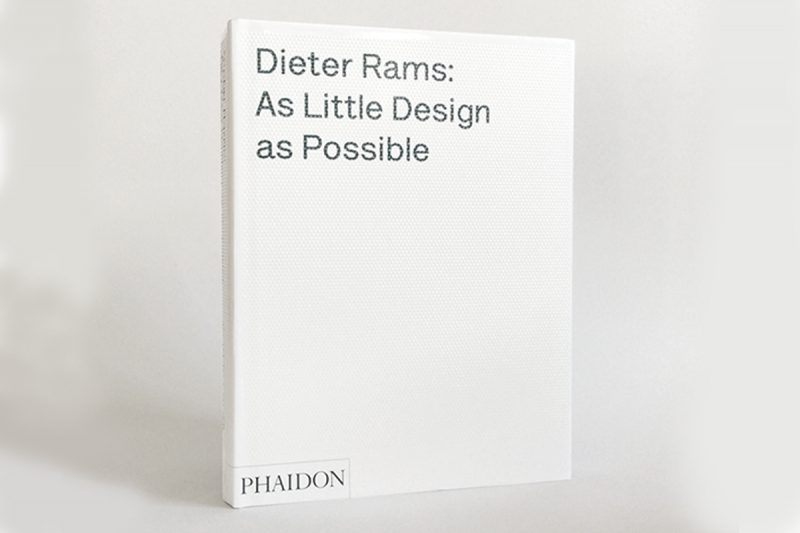
As little design as possible. That sounds simple, right? Minimum effort, maximum results… Unfortunately Rams’s portfolio only serves to demonstrate how much hard work goes into simplicity, which Lovell’s monograph emphasises by painting a detailed picture of the design process.
It also proves that it helps to have a system to follow. As an apathetic atheist without any ideology of my own, I’ll happily subscribe to the legendary product designer’s ‘Ten Principles’ and the ideas about how to live that are laid out in this beautiful book.
Recently published (in 2011), As Little Design as Possible is already described as a ‘design bible’ and it’s easy to see why. It epitomises Rams’s call for ‘less but better’, and I’m fan-girling all over this one.
Huge thanks to Eleanor for this fantastic list—get down to your local bookshop and fill your boots. Make sure you follow her on Instagram to keep an eye on what she’s up to!
Feeling inspired? Kickstart your creative career at Shillington! Become a designer in 3 months full-time or 9 months part-time in New York, London, Manchester, Sydney, Melbourne or Brisbane –> www.shillingtoneducation.com
Want to win some amazing prizes and stay in the loop with all things Shillington? Sign up to our newsletter to automatically go in the draw.


